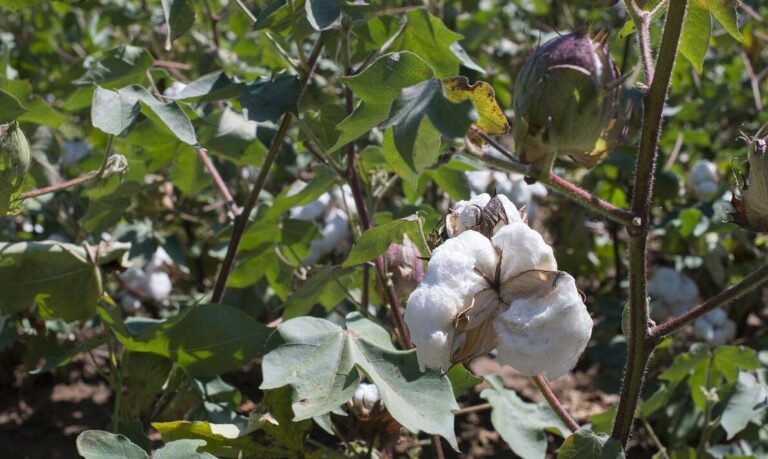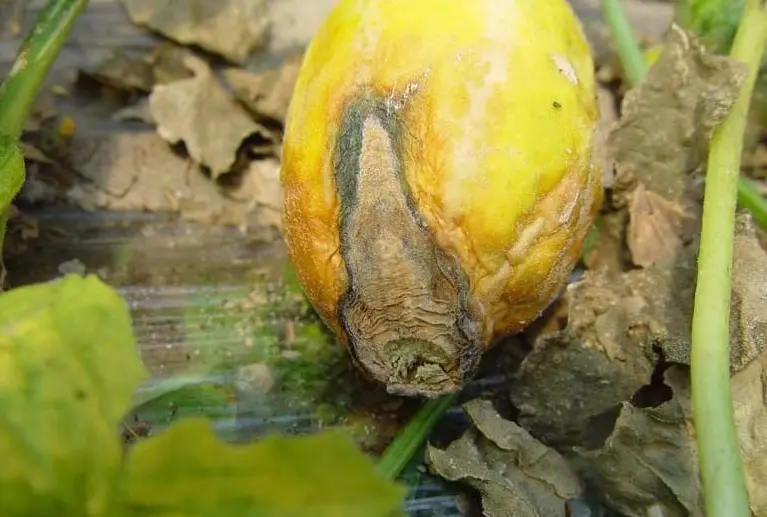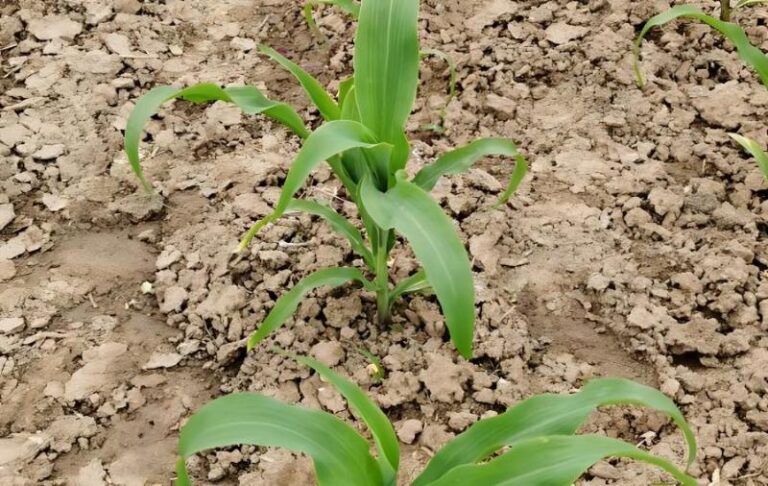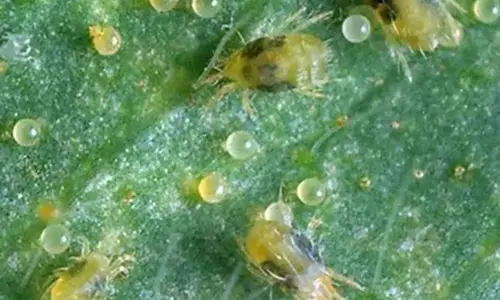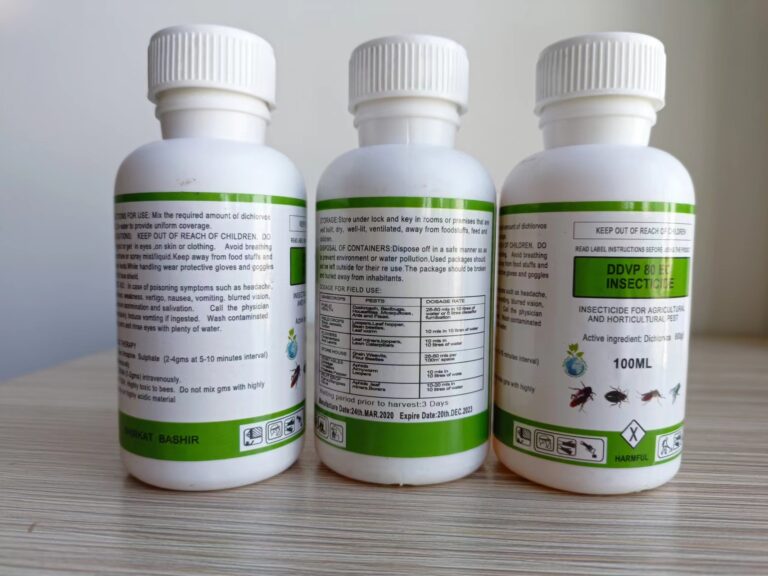Wheat Diseases——Botrytis cinerea is an important disease that occurs on the ears of wheat. Botrytis cinerea can occur from the seedling stage to the mature stage, and the serious disease ear rate is as high as 12% to 29%. The site of infection is the leaves.
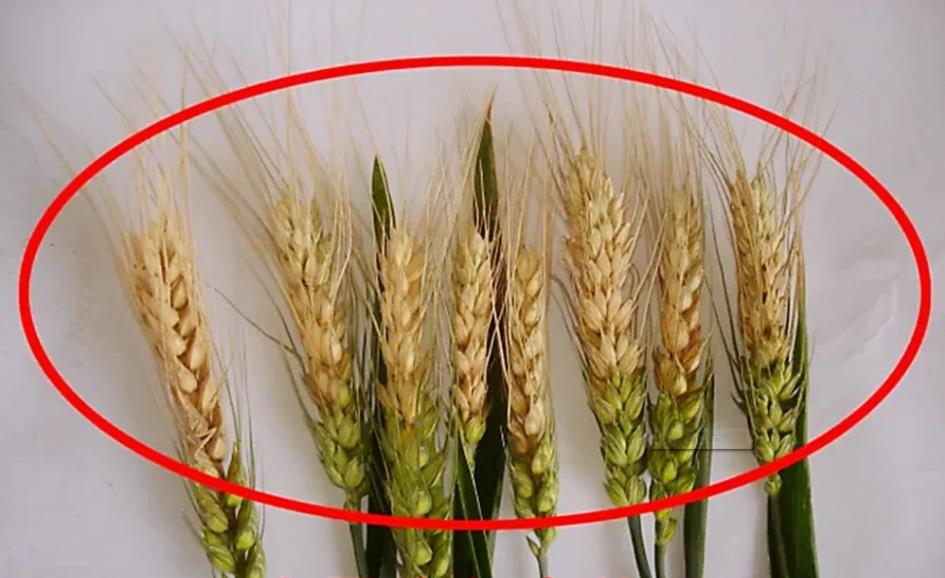
(1) Harm symptoms
Irregular water-soaked spots appeared on the basal leaves at the beginning of the leaf infection. And the leaf tips turned yellow first after jointing, and the lower leaves were first, and then gradually spread upwards. Then it became a small brown spot, and finally it was dark brown and died, with white mold, germ spores and conidia on it.
(2) Pathogenic characteristics
Wheat Diseases——Botrytis cinerea is a fungus belonging to the subphylum Deuteromycota. Conidiophores are mycelium or sclerotia, with dendritic branches at the top, and the size is (220~480)um(10~20)um. Conidia Spherical or oval, born at the top of the branch, the unit cell is colorless to gray, and the size is (10~17.5)um(7.5~12)um. Clustered at the end of the conidiophores, grape-shaped.
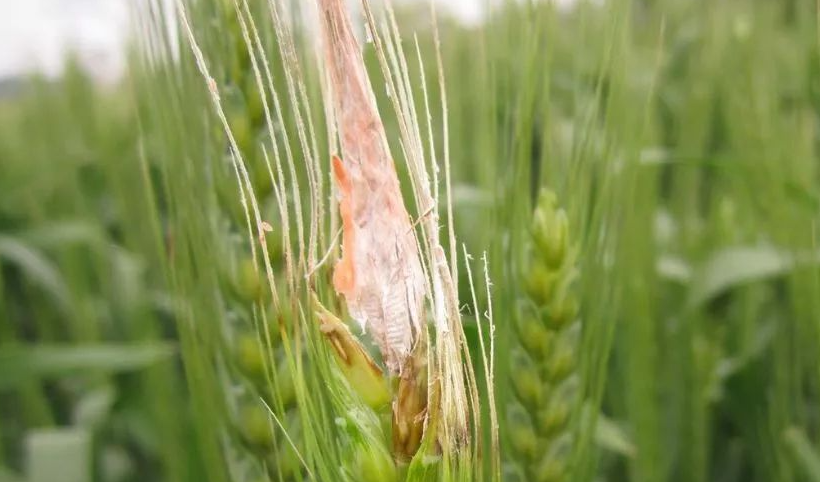
(3) Channels of transmission
Botrytis cinerea is a weak parasite. It spreads in the field. In case of humid environment or continuous rain, the disease will expand rapidly. Different parts of the upper and lower leaves of the plant can be infected at the same time, forming a disease center. Especially in the rainy ear stage, the ear is susceptible to the disease, and a layer of gray mold can be seen on the leaf sheaths and stems of susceptible varieties. During production, the accumulated temperature is low, the sunshine is less, and the temperature is low in March, so the diseases frequently occur and are serious.
(4) Prevention methods
(1) Select varieties that are resistant to gray mold.
(2) Strengthen field management, timely discharge and reduce humidity in the field, and improve disease resistance.
(3) If necessary, spray saccharin, carbendazim, thiophanate-methyl and other fungicides before the onset or at the beginning of the onset.

